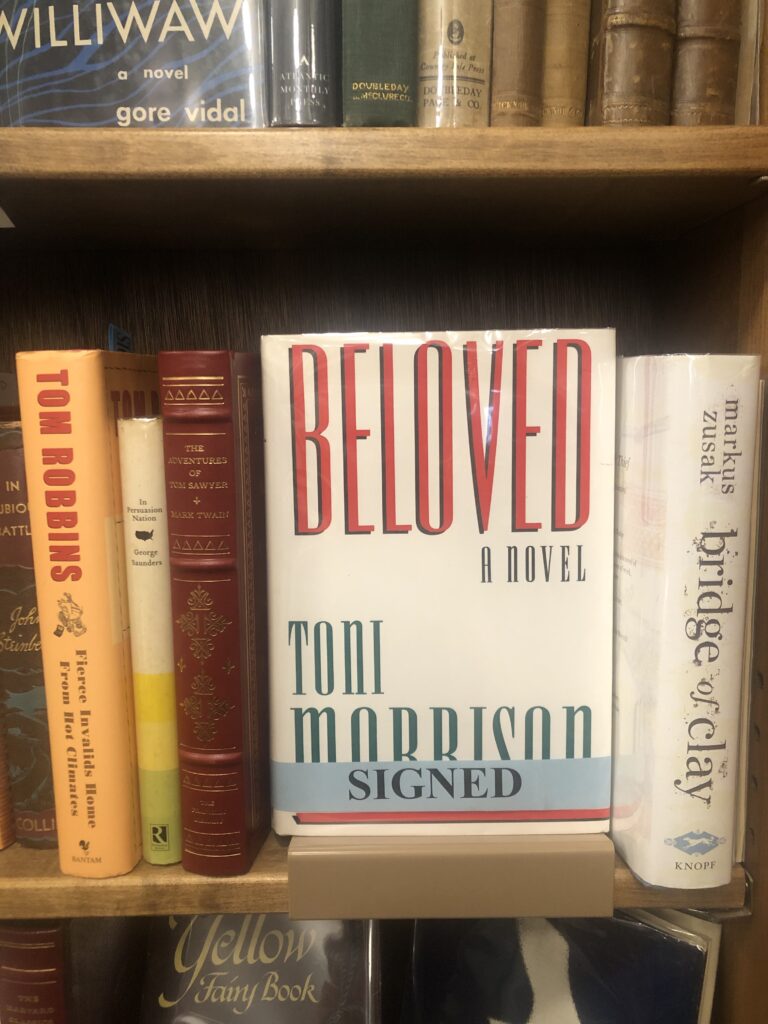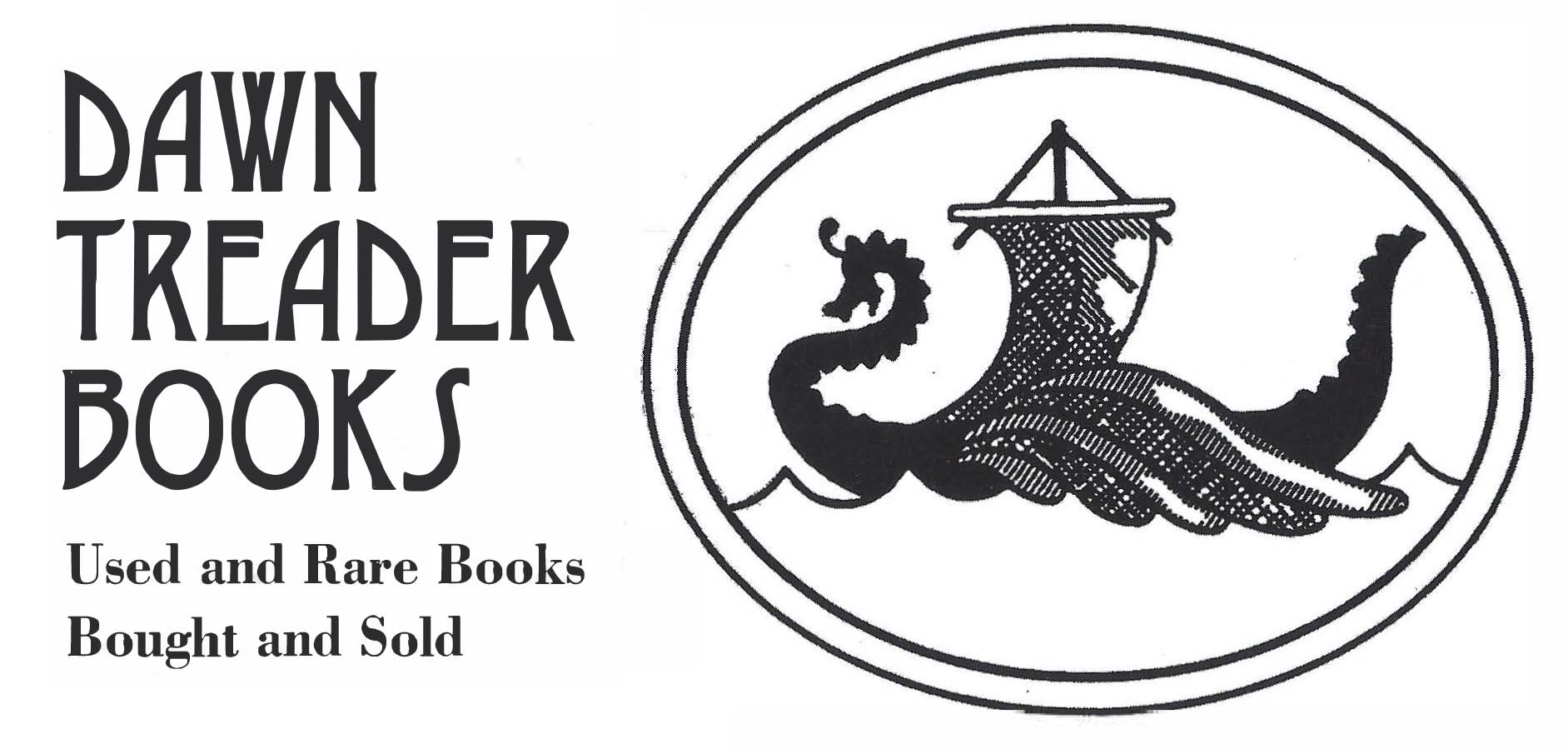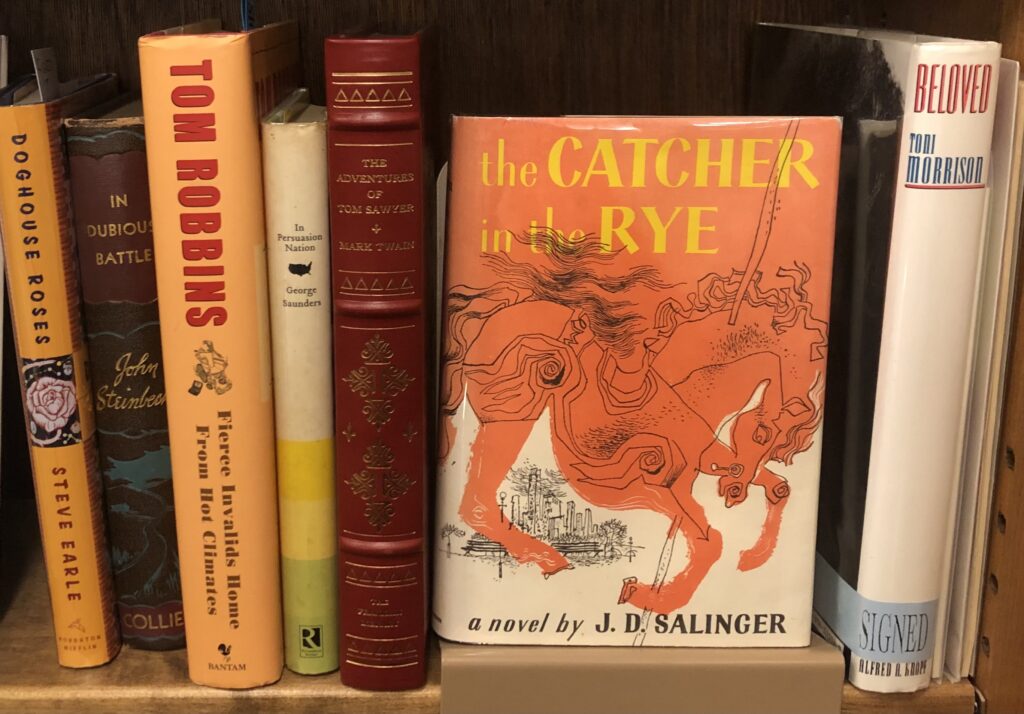by Toni Morrison
SIGNED | First Edition, 12th Printing | Alfred A. Knopf, Inc. | 1988
Sold!


Toni Morrison was a powerhouse and a revolutionary in the literary world. She was the first Black woman editor at Random House. She wrote and published 11 novels in her lifetime, as well as children’s books and essay collections. In 1993, she became the first Black American woman to win the Nobel Prize in Literature. Her name falls high on any list of most-frequently banned authors, but her graceful yet unflinching depictions of race, class, family, and love remain relevant and well-read to this day. And her very own pen has touched the pages of this signed, 12th printing, hardcover edition of Beloved.
Beloved is based on the true story of Margaret Garner, an enslaved woman who killed her own child to spare her from a life of slavery. A controversial classic of American literature, it has been banned and censored from some schools and libraries over the years, most commonly for reasons of bestiality, infanticide, sex, and violence. But despite subsequent debate, Beloved received an outpour of acclaim upon publication, winning the Pulitzer Prize for Fiction in 1988, as well as the Robert F. Kennedy Memorial Book Award, the Melcher Book Award, the Lyndhurst Foundation Award, the Elmer Holmes Bobst Award, and the Anisfield-Wolf Book Award. It was nominated for the 1988 National Book Award, and when it didn’t win 48 notable Black writers and critics — including Maya Angelou, June Jordan, Angela Davis, and others — signed a letter of protest that was published in The New York Times Book Review.
Morrison kept another letter close to her heart — and framed on her wall. The Texas prison system wrote her after her novel Paradise was removed from prison libraries because they thought it might incite riots. In the 2019 documentary The Pieces I Am, Morrison remembers receiving the letter and thinking, “How powerful is that! I could tear up the whole place.” This “tearing up the place” spirit endures in the pages of Beloved, and in all of Morrison’s iconic writing.

